The RF front end is the initial stage in a wireless system, handling the processing of radio signals through components like antennas, amplifiers, and mixers. It optimizes signal quality, gain, noise levels, and bandwidth, ensuring efficient transmission while minimizing interference and power consumption.
typically includes components such as antennas, filters, low-noise amplifiers (LNAs), mixers, power amplifiers (PAs), and sometimes frequency converters. Its primary function is to prepare the radio signal for further processing by isolating specific frequencies, boosting weak signals, and converting signals between different frequency bands (e.g., up-conversion or down-conversion).

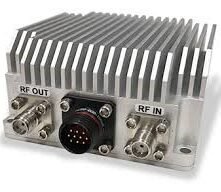
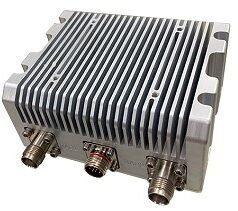
RF High Power Amplifiers (HPAs) amplify weak radio signals for long-distance transmission while maintaining signal integrity, used in applications like cellular, radar, and satellite systems. They utilize semiconductor devices like GaN or GaAs and advanced techniques to balance power output, linearity, efficiency, and heat dissipation.
Model | Frequency Range | Gain | Output Power | Impedance | Power Supply |
AZ-PA-1001 | 1 MHz – 2.5 GHz | 45 dB | 50 W | 50 Ω | 24 V DC |
AZ-PA-1002 | 10 MHz – 6 GHz | 40 dB | 30 W | 75 Ω | 28 V DC |
AZ-PA-1003 | 2 GHz – 10 GHz | 50 dB | 100 W | 50 Ω | 48 V DC |
AZ-PA-1004 | 500 MHz – 3 GHz | 38 dB | 10 W | 50 Ω | 12 V DC |
AZ-PA-1005 | 0.1 GHz – 4.5 GHz | 42 dB | 150 W | 50 Ω | 36 V DC |
RF Low Noise Amplifiers (LNAs) amplify weak signals in wireless systems while minimizing noise and distortion, ensuring signal quality for further processing. Made from materials like GaAs, Si, or GaN, LNAs balance low noise, high gain, and efficiency for applications such as radar, satellite, and wireless communication.
Model | Frequency Range | Gain | Noise Figure | Impedance | Power Supply |
AZ-LNA-1001 | 10 MHz – 1 GHz | 40 dB | 1.5 dB | 50 Ω | 15 V DC |
AZ-LNA-1002 | 100 MHz – 2.5 GHz | 45 dB | 2.0 dB | 75 Ω | 12 V DC |
AZ-LNA-1003 | 500 MHz – 6 GHz | 50 dB | 1.0 dB | 50 Ω | 24 V DC |
AZ-LNA-1004 | 1 GHz – 10 GHz | 42 dB | 2.5 dB | 50 Ω | 28 V DC |
AZ-LNA-1005 | 0.1 GHz – 3 GHz | 38 dB | 1.2 dB | 50 Ω | 18 V DC |
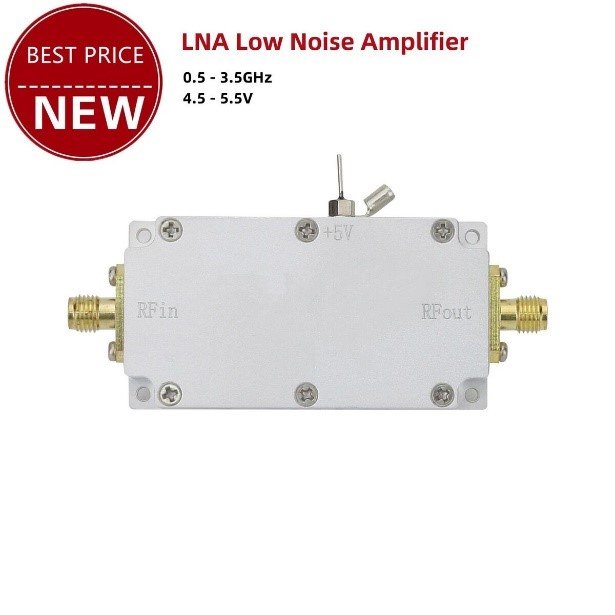
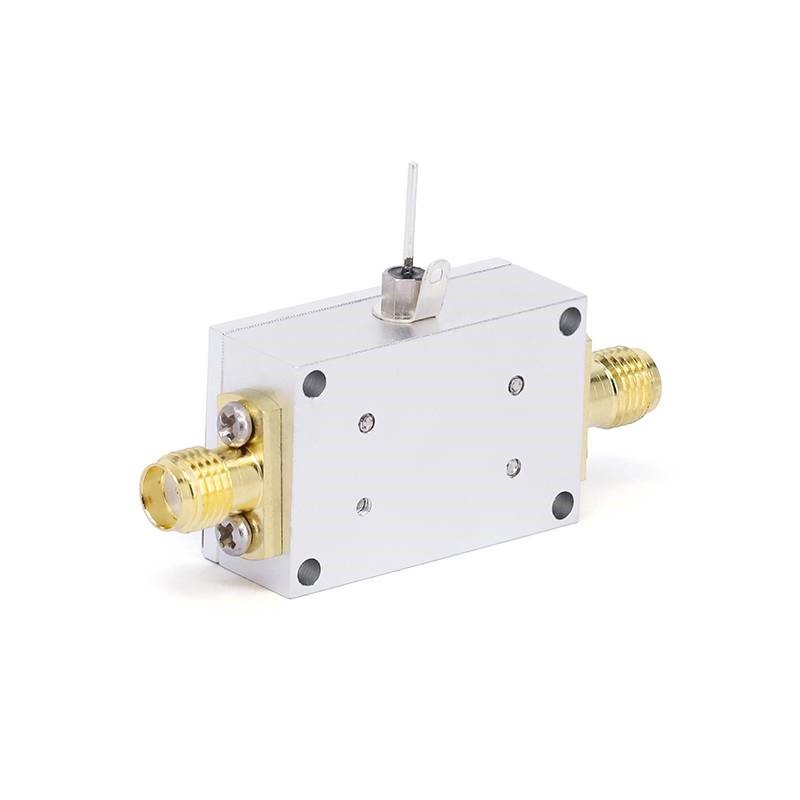
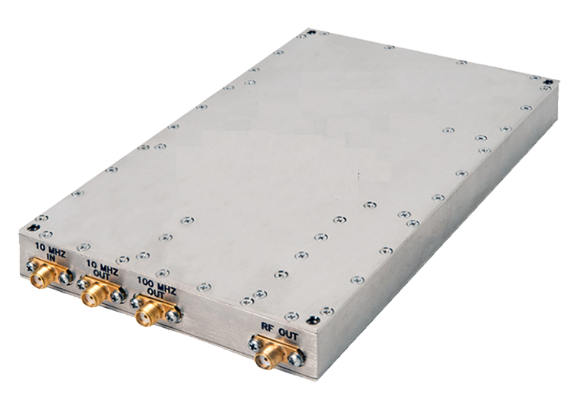
RF Synthesizers generate precise, stable frequencies for signal generation and modulation, using analog methods like PLL or digital techniques such as Direct Digital Synthesis (DDS). Analog synthesizers excel in power and low phase noise, while DDS provides high precision and fast frequency switching for applications like signal generation and software-defined radios.
Model | Frequency Range | Output Power | Phase Noise | Impedance | Power Supply |
AZ-DDS-1001 | 100 MHz – 3 GHz | 10 dBm | -100 dBc/Hz @ 1 kHz | 50 Ω | 12 V DC |
AZ-DDS-1002 | 200 MHz – 5 GHz | 15 dBm | -95 dBc/Hz @ 1 kHz | 50 Ω | 24 V DC |
AZ-DDS-1003 | 50 MHz – 8 GHz | 20 dBm | -110 dBc/Hz @ 10 kHz | 75 Ω | 28 V DC |
AZ-DDS-1004 | 10 MHz – 12 GHz | 5 dBm | -115 dBc/Hz @ 100 kHz | 50 Ω | 18 V DC |
AZ-DDS-1005 | 1 MHz – 15 GHz | 25 dBm | -120 dBc/Hz @ 1 kHz | 50 Ω | 36 V DC |
RF modules integrate multiple RF components into one unit, streamlining the design of wireless systems. Active modules, such as amplifiers and mixers, require power to enhance or process signals, while passive modules, like filters and couplers, modify signals without power, playing key roles in applications like telecommunications, broadcasting, radar, and Wi-Fi by controlling signal flow and optimizing system performance.
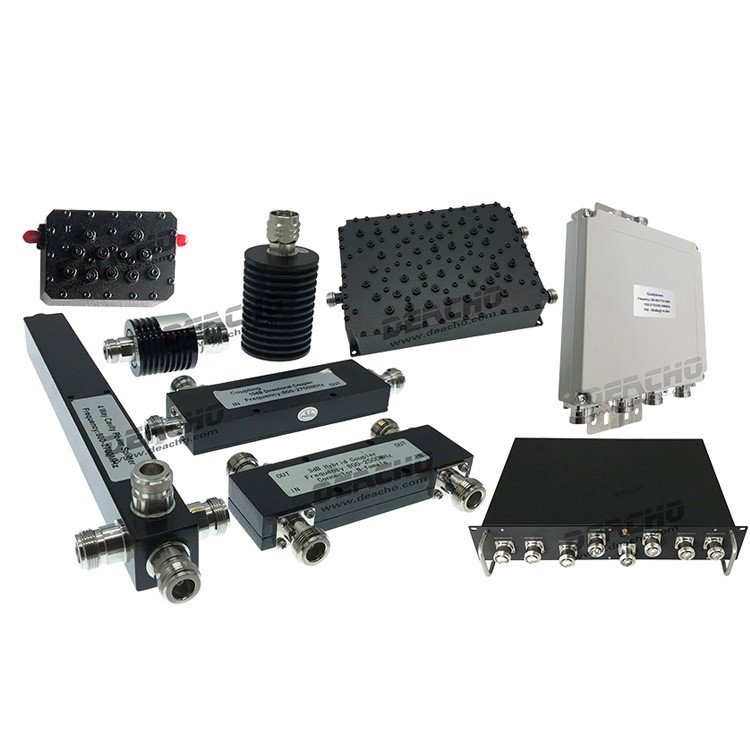
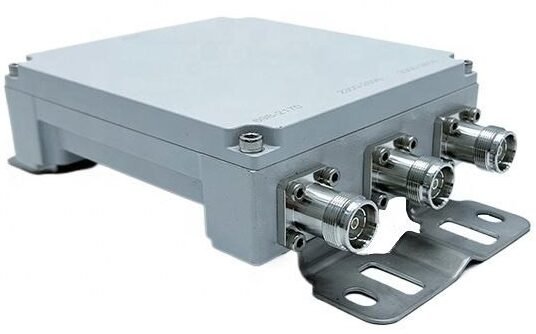
RF diplexers are passive components that separate or combine signals at different frequencies, enabling simultaneous transmission and reception through a single antenna. They use filters like low-pass or high-pass to route signals to separate paths, optimizing space and efficiency in systems like cellular base stations and radar.
Specialized in advanced antenna design, RF measurements, and customized RF front-end applications. Empowering your projects with cutting-edge technology and expertise in RF solutions.